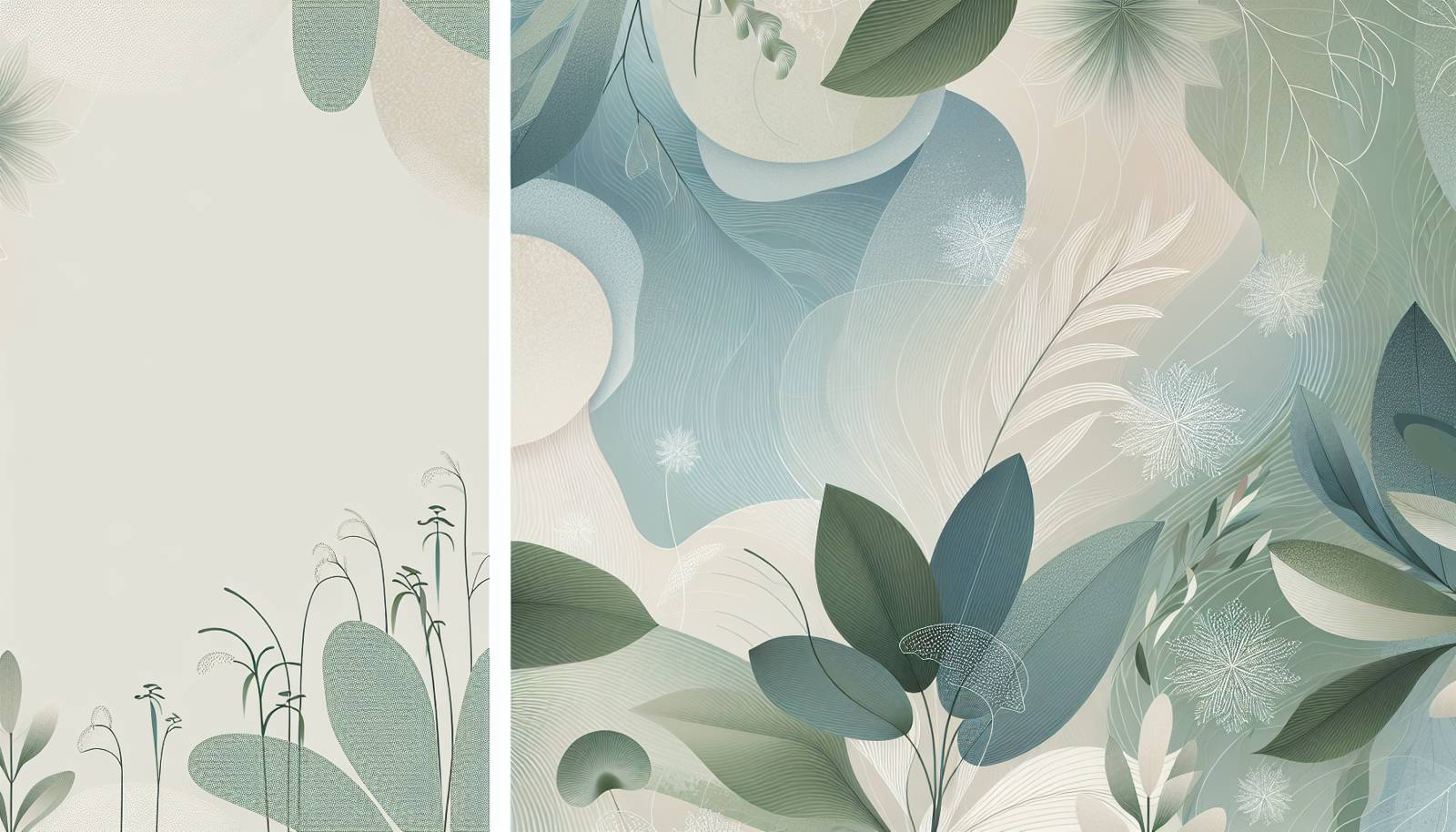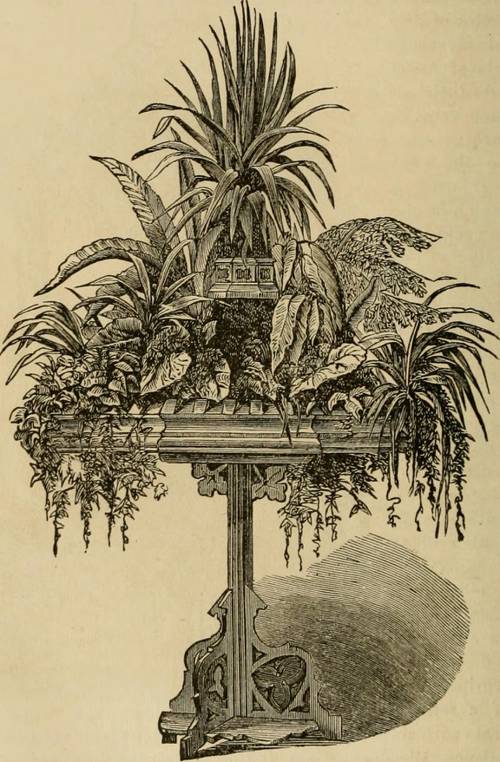
FAQ About Indoor Plant Cold Climate Adaptation

What indoor plants are best suited for cold climates?
Some indoor plants are more resilient to colder climates than others. The following plants are well-suited for cold conditions: Snake Plant (Sansevieria), Spider Plant (Chlorophytum comosum), and Pothos (Epipremnum aureum). These plants are hardy and can tolerate lower light and cooler temperatures, making them ideal for indoor environments in cold climates.

How can I keep my indoor plants warm during winter?
Keeping your indoor plants warm during winter can involve a few strategies. Positioning the plants away from drafty windows and doors is crucial. You can also use space heaters to maintain a stable temperature or opt for heat mats that gently warm the soil. Make sure not to place plants directly on or next to heating sources to prevent them from drying out.

Do indoor plants need more or less water in colder climates?
Indoor plants generally require less water in colder climates because their metabolic processes slow down in response to the reduced sunlight and cooler temperatures. It's important to check the soil moisture regularly and only water when the top inch is dry to avoid overwatering.

Can I use artificial lights to help indoor plants in the winter?
Yes, using artificial grow lights can significantly benefit indoor plants in winter, especially in cold climates with reduced daylight hours. LED grow lights and fluorescent lights are effective options that provide the necessary light spectrum for plant growth. Position the lights appropriately to mimic natural sunlight.

What are common signs that my indoor plants are suffering in cold weather?
Plants suffering in cold weather may show signs such as yellowing leaves, wilting, or stunted growth. In more severe cases, you may notice leaf drop or browning at the tips. These symptoms suggest a need for temperature adjustments or changes in care routines.

How does humidity affect indoor plants in cold climates?
Cold climates often lead to a decrease in indoor humidity, especially when heating systems are in use. Low humidity can cause indoor plants to develop dry leaf edges and promote pests like spider mites. To mitigate this, use a humidifier or regularly mist your plants to maintain adequate humidity levels.

What is the ideal temperature range for indoor plants during winter?
The ideal temperature range for most indoor plants during winter is between 60°F and 75°F (15°C to 24°C). However, some cold-tolerant plants might thrive slightly below this range, so it's essential to understand the specific needs of each plant species you own.

Should I prune my indoor plants in cold climates?
Pruning indoor plants during colder months can be beneficial to remove any damaged or dead foliage, which helps to promote plant health. However, avoid drastic pruning as plants are in a dormant state and their growth rate is much slower. Trim only necessary parts to maintain the plant's overall shape and health.

How can I insulate plant pots to protect them from the cold?
To insulate plant pots, consider using insulating material like bubble wrap around the pots, especially if they are placed on cold surfaces. You can also use decorative outer pots to provide an extra layer of insulation. This helps in protecting the roots from extreme temperature fluctuations.

What types of soil are best for indoor plants in a cold climate?
For indoor plants in a cold climate, a well-draining potting mix enriched with organic matter is preferable. Coco coir or peat-based mixes mixed with perlite or vermiculite will help retain moisture without becoming waterlogged, which is critical during the colder months when drying times are longer.

How do I acclimate new indoor plants coming from a warmer climate into a cold climate home?
To acclimate new indoor plants, gradually introduce them to their new environment. Start by placing them in a buffered, slightly warmer area before moving them to their permanent spot. Monitor their response to light and temperature, and adjust watering and humidity levels accordingly.

Are there specific fertilizers to use for indoor plants in colder climates?
In colder climates, it's best to reduce fertilization during the winter months as most plants are in a dormant state and require fewer nutrients. If necessary, use a balanced, water-soluble fertilizer at half strength every 4 to 6 weeks to sustain minimal nutrient requirements without overwhelming the plant.

Can I place my indoor plants near a radiator to keep them warm?
It's not advisable to place indoor plants directly near a radiator since the intense heat can dry out plants quickly and damage them. Instead, position them at a safe distance where they can receive the warmth without direct exposure to the heat source.

Do indoor plants require different care routines in cold climates compared to warm places?
Yes, indoor plants require different care routines in cold climates. In cooler environments, plants may need less frequent watering increases in humidity levels, and supplementary lighting. Attention to avoiding drafty areas and ensuring proper insulation of pots is also crucial in cold climates.

How can I use humidity trays to help indoor plants in winter?
Humidity trays are a simple way to increase the humidity around indoor plants in winter. Place a layer of pebbles at the bottom of a tray, add water until it just covers the pebbles, and set the plant pot on top. This allows the plant to sit away from direct water contact while benefiting from the moisture it releases into the air.

What are some creative ways to use heat sources safely around indoor plants?
Creative and safe heat sources include using heat lamps placed on timers, or employing ceramic heaters that don't emit intense heat. You could also use a small space heater positioned at a safe distance to gently warm the room without exposing plants to direct, harsh heat.

Should I alter the feeding schedule for plants during winter?
Indeed, the feeding schedule for indoor plants should be adjusted during winter. Most indoor plants require less fertilizer during this period due to slowed growth rates. A reduced feeding schedule, or even a pause, is often sufficient as excessive fertilization can harm plants during their dormancy phase.

Are some plant containers better suited for cold climates?
Certain plant containers, such as those made of ceramic or double-walled plastic, provide better insulation compared to thin plastic or metal pots. These materials help maintain more consistent soil temperatures, safeguarding plant roots from cold shocks.

How can I prevent my indoor plants from getting too dry from indoor heating?
To prevent plants from drying out due to indoor heating, implement measures such as using a humidifier, setting up humidity trays, or misting the plants regularly. Additionally, make sure plants are not placed directly above heating vents or radiators, which can exacerbate drying.

What are some steps to take if I notice my indoor plant's leaves browning in winter?
If you notice browning leaves, check if the plant is experiencing drafts or exposure to direct heat sources. Ensure it's not over- or under-watered. Increasing humidity, adjusting light exposure, and providing moderate warmth can help alleviate browning related to cold stress.
